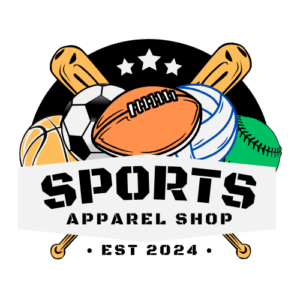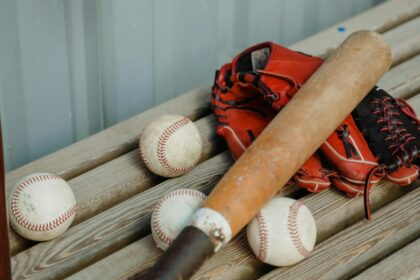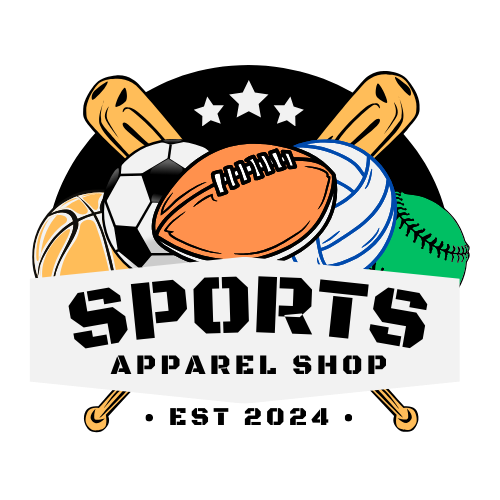
© 2024 All rights reserved.

Welcome to the exciting world of baseball! Whether you’re stepping onto the diamond for the first time or looking to upgrade your gear, having the right equipment is crucial for both performance and safety. This guide will walk you through the essential items every baseball player needs and how to choose the best ones for your needs.
Types of Gloves:
Choosing the Right Glove:
Types of Bats:
Choosing the Right Bat:
Types of Helmets:
Choosing the Right Helmet:
Types of Cleats:
Choosing the Right Cleats:
Selecting the right baseball equipment involves understanding your needs, position, and the rules of your league. Investing in quality gear tailored to your specifications can enhance your performance and ensure your safety on the field. Take your time, try on different options, and consult with coaches or experienced players if needed. With the right equipment, you’ll be well-prepared to enjoy the game and develop your skills. Play ball!
